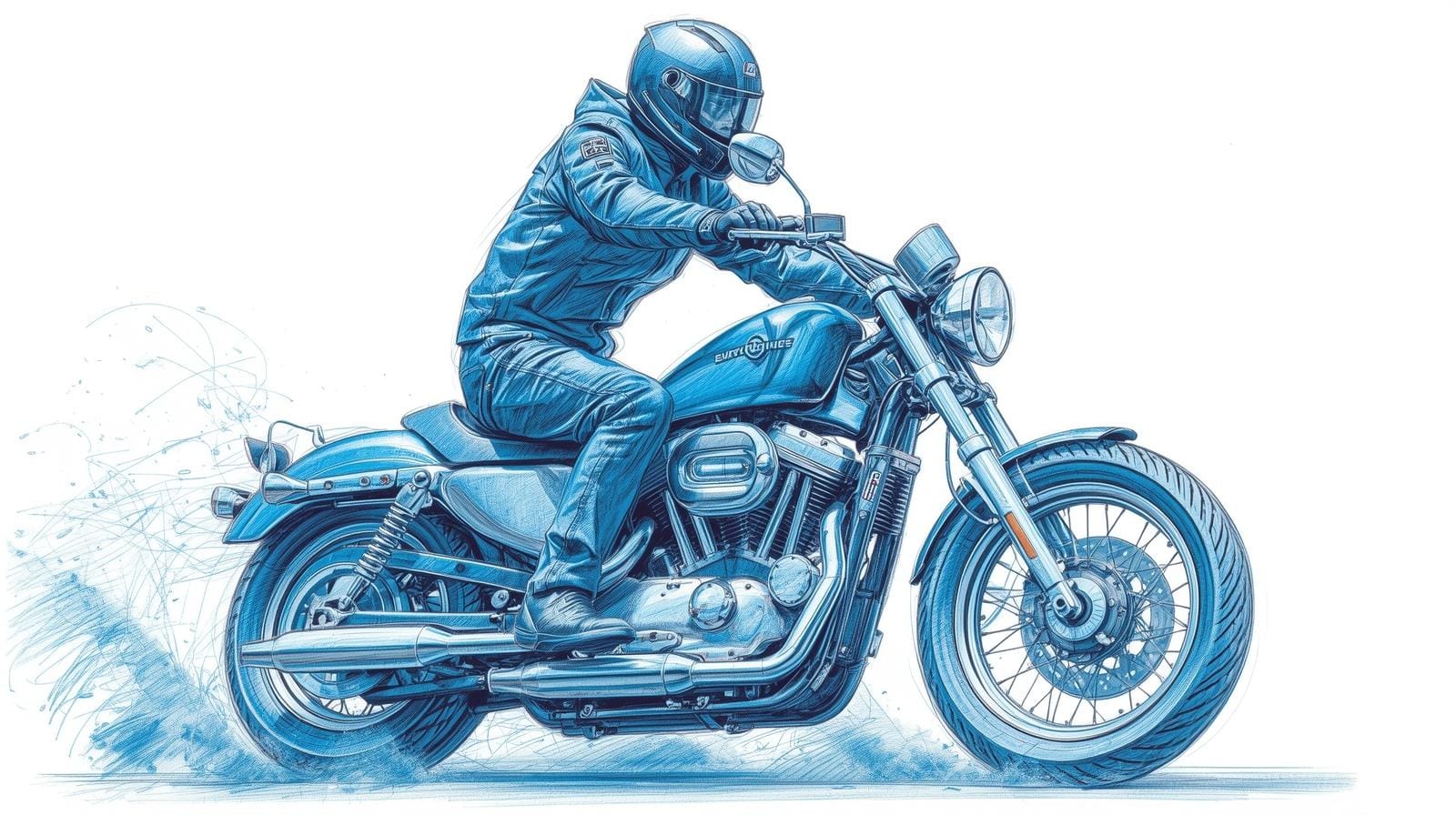Motorcycle Safety and Maintenance Requirements in Canada
If you’re riding a motorcycle in Canada, you must take the necessary precautions to reduce the risks of accidents or fatal injuries. Of course, because motorcycles don’t offer the same protection as a passenger vehicle with airbags, seatbelts, and a frame, the stakes are higher if you neglect routine maintenance and safety checks.

In this article, we’ll discuss the safety and maintenance requirements if you’re riding a motorcycle in Canada.
Inspect Your Motorcycle
You should always inspect your motorcycle before hitting the road. More succinctly, you should start by walking around your motorcycle to visually check for any signs of rust, dents, scratches, mismatched bolts, or anything that could affect your performance when you’re riding.
As a general rule, you should inspect the following items on your motorcycle:
Tires and wheels: Inspect for any signs of wear, punctures, or tears. If the tread depth is less than 1/16 inch, you should replace the tires. Similarly, if the tires are older than 5 years, they’re due for replacement, even if they’re not worn out. You should also check the tire air pressure and any signs of misalignment.
Brakes and suspension: Visually inspect the brake pads and discs for wear and tear. Don’t forget to check the brake fluid — it should be pale and translucent. Additionally, inspect the suspension for any signs of oil leakage. Once in a while, we recommend cleaning the interior components and replacing the oil.
Engine and Exhaust: In addition to inspecting the engine for oil leaks, ensure the oil is not too dark or too thick. Next, start the engine to detect any unusual sounds, such as ticking or knocking, that require immediate attention. While you’re at it, you should also observe the smoke coming out of the exhaust — if it’s black, there may be a combustion problem in the engine.
Cooling System: If you’re riding a liquid-cooled motorcycle, you should check the radiator, hoses, and overflow container on your cooling system for any signs of damage or leakage. However, if you’re riding an air-cooled motorcycle, you can skip this part.
Drive train: Whether your motorcycle comes with a chain, belt, or shaft, you should pay closer attention to it before you hit the road. If your bike is designed with a chain, you can use a chain wear gauge to know if it’s safe to ride. Of course, don’t forget to visually inspect the sprocket teeth for any signs of wear and tear. Similarly, if your motorcycle is equipped with a belt or a shaft, you can refer to the user’s manual for instructions on performing a maintenance check.
Battery and charging system: Check the battery voltage with a multimeter. If it’s fully charged, it should indicate 12.6 volts, but if the engine is running, it should read between 13.5 and 14.5 volts. Additionally, check the battery for any signs of damage or corrosion.
Transmission and clutch: If your motorcycle uses a hydraulic clutch, you should check the fluid level and hoses. However, if it’s a cable clutch, confirm if you can operate the lever smoothly while changing the gears. If you notice any unusual noise while shifting the gears, it can be traced to the transmission.
Light and Indicators: Last but not least, you should make sure the headlights, turn lights, brake lights, and taillights are working before you hit the road.
A proper pre-inspection of your motorcycle should take at least 20 minutes. To help you remember to check crucial components, we recommend using a checklist during the inspection.
Wear The Appropriate Safety Gear
All motorcycle riders and passengers in Canada are required to wear helmets certified by the Department of Transportation (DOT). However, if you want the best-quality helmet, consider a Snell- or ECE-rated motorcycle helmet.
A full-face helmet is not mandatory in Canada, but it offers better protection than other types of helmets. Besides that, you can reduce injuries significantly in case of an accident if you wear the appropriate motorcycle boots, gloves, and jacket.
Keep Your Motorcycle Visible
As a safety precaution, you should make your motorcycle as visible as possible when you’re out on the road. To be more specific, you should wear white-, yellow-, or orange-colored helmets so other motorists can more easily see you on the road. Alternatively, you could use motorcycle reflective stickers, especially if you’re riding at night.
Passengers Must Be Properly Seated
In Canada, motorcycle passengers are required to place their feet on the floorboards or foot pegs — even when the motorcycle is not in motion. Any passenger, including a child, who is incapable of stepping on the floorboard or footpeg is not allowed to ride on the motorcycle.
Pass your Motorcycle written test with flying colors!
